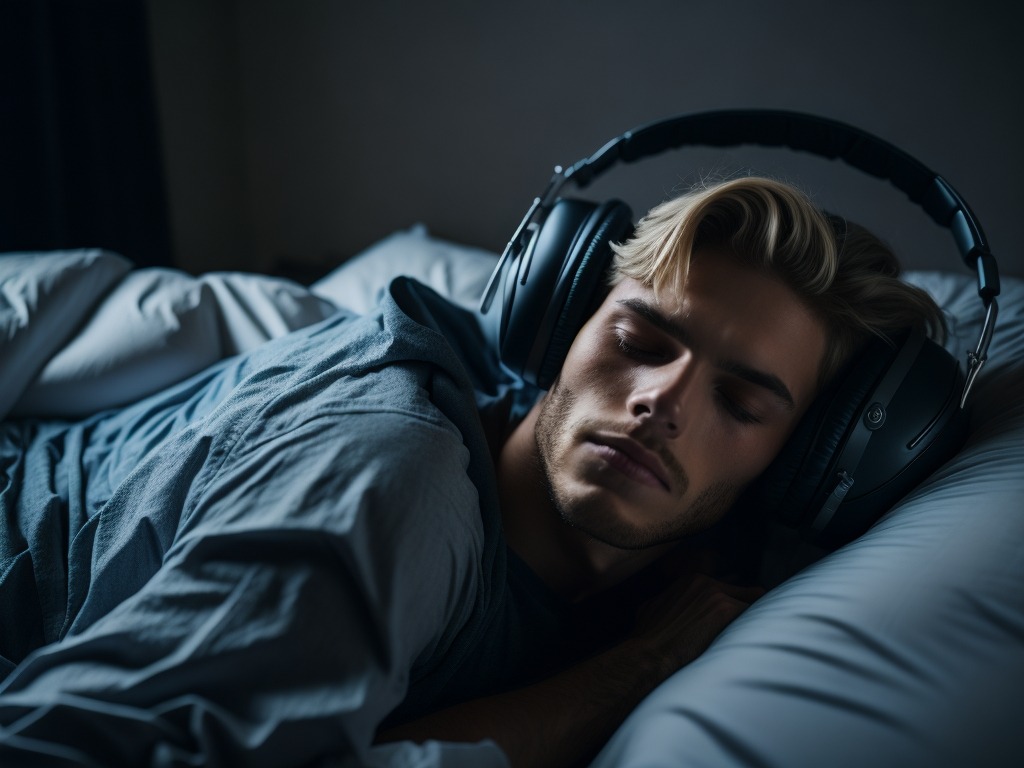Lucid dreams (LDs) are actively used to treat nightmares, phobias, post-traumatic stress disorder, and other psychological problems. In addition, lucid dreamers can train motor skills (for example, for athletic achievements) and develop creative abilities. The potential of the LD world is limitless, but the main obstacle to accessing it is the lack of an ideal methodology that guarantees awareness.
Scientists from many countries have been searching for the best technique to induce lucidity. Recently, an experiment was conducted by authors from Switzerland and Germany, including regular researchers of the topic of lucid dreams, Daniel Erlacher and Michael Schredl. They based their experiment on the classic technique of a reality check (when a dreamer looks at their hands or watch, because time in a dream never passes normally). To apply this method, the dreamer must somehow be reminded to perform the check. Many scientists have used music or sounds for this purpose, for example, a recording of the phrase “You are dreaming.”
Erlacher and Schredl’s team have decided to reproduce this method but in more rigorous laboratory conditions. They found ten female students who had no experience with LD. The participants agreed to spend three nights in the laboratory and practiced making eye movements to confirm awareness if and when it occurs. The authors also took the time to find the ideal volume threshold for each young woman (so that she would hear the message, but not wake up).
Then the researchers applied three experimental scenarios (one each night):
1. They activated the recording with the phrase “You are dreaming.”
2. They repeated only the name of the participant, without direct instructions to become aware.
3. An evening hypnosis session was added: the participants were put into a relaxed state, after which they were conditioned to do a reality check after hearing the phrase “You are dreaming.”
The experiment results showed that hypnosis does not seem to play a significant role in the induction of lucidity. The first and third options led to the same result: six of the participants had a lucid dream. It must be noted, however, that this happened after just a few days for people who had no previous LD experience, thus proving the efficacy of the auditory induction method. In their article, the scientists indicate that they have not given up on the idea of hypnosis: perhaps more sessions are required, or it would be more effective when combined with other techniques.
Have you tried methods of external stimulation (using sounds, light signals, smells) to become lucid in a dream?
The article was published in August 2023 in the journal Somnologie.
Get all the latest news about lucid dreams via our channels on Telegram, Facebook




